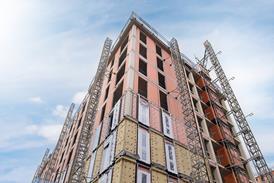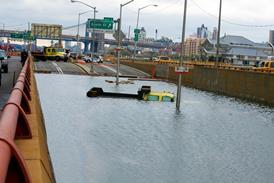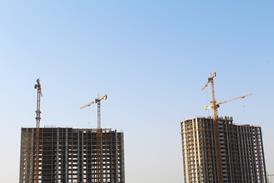- News

All the latest updates on building safety reformRegulations latest
- Focus
- Home
- News
- Focus
- Comment
- Events
- CPD
- Building the Future
- Jobs
- Data
- Subscribe
- Building Boardroom
A crisis hiding in plain sight: is the UK’s built environment failing children and young people?
2024-10-16T06:01:00

While housing supply and affordability dominate public debate, the prevalence of safe, accessible spaces for children and adolescents is a critical yet overlooked issue. Nora Redmond takes a closer look at whether the built environment is leaving young people underserved
The covid-19 pandemic revealed a troubling truth about the UK’s built environment: it is failing the youngest in society. While public discourse often focuses on housing supply and affordability, less attention is given to how new developments cater to children and adolescents. The lack of access to safe, recreational spaces – crucial for mental and physical well-being – remains a major oversight within many developments.
Only 6% of new homes in the UK are designed by architects, according to the RIBA, a fact that the institute believes is reflected in the poor design of many developments, which often fail to provide access to green space and areas for play. Research suggests that these shortcomings disproportionately affect young people, particularly in lower-income areas, and highlight the urgent need for solutions. This growing realisation has led to the creation of a recent parliamentary inquiry.
…
Already registered? Login here
To continue enjoying Building.co.uk, sign up for free guest access
Existing subscriber? LOGIN
Stay at the forefront of thought leadership with news and analysis from award-winning journalists. Enjoy company features, CEO interviews, architectural reviews, technical project know-how and the latest innovations.
- Limited access to building.co.uk
- Breaking industry news as it happens
- Breaking, daily and weekly e-newsletters
Get your free guest access SIGN UP TODAY

Subscribe now for unlimited access
Subscribe to Building today and you will benefit from:
- Unlimited access to all stories including expert analysis and comment from industry leaders
- Our league tables, cost models and economics data
- Our online archive of over 10,000 articles
- Building magazine digital editions
- Building magazine print editions
- Printed/digital supplements
Subscribe now for unlimited access.
View our subscription options and join our community


















